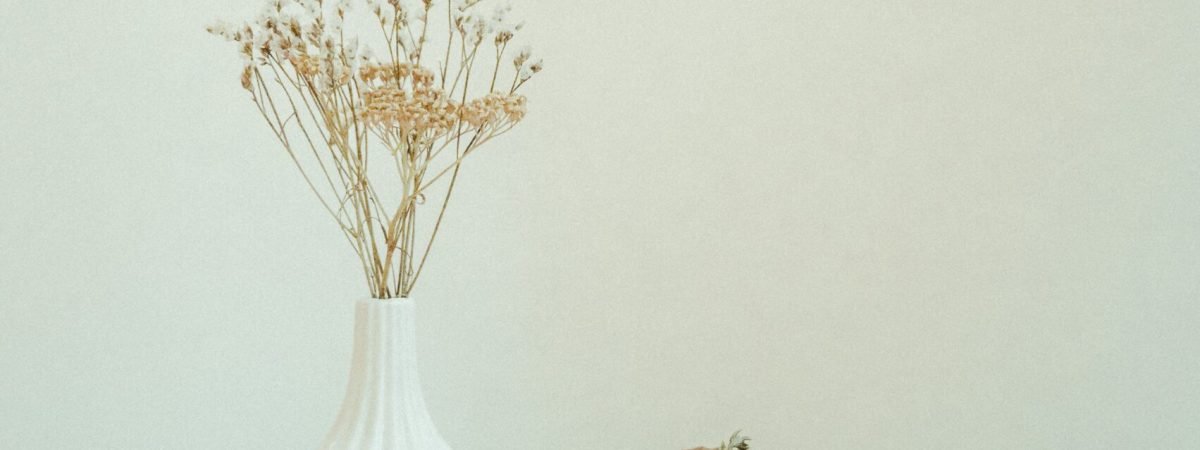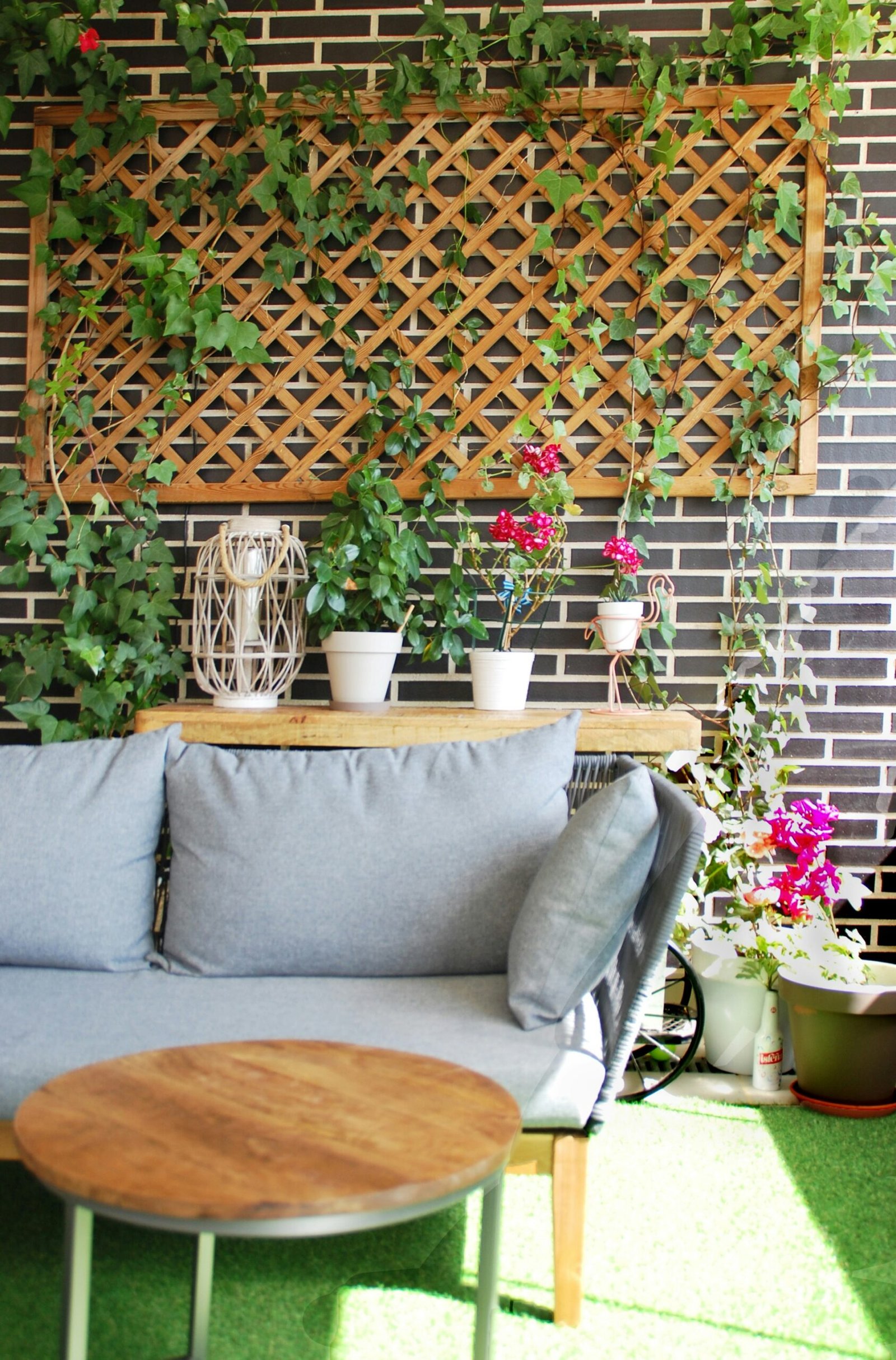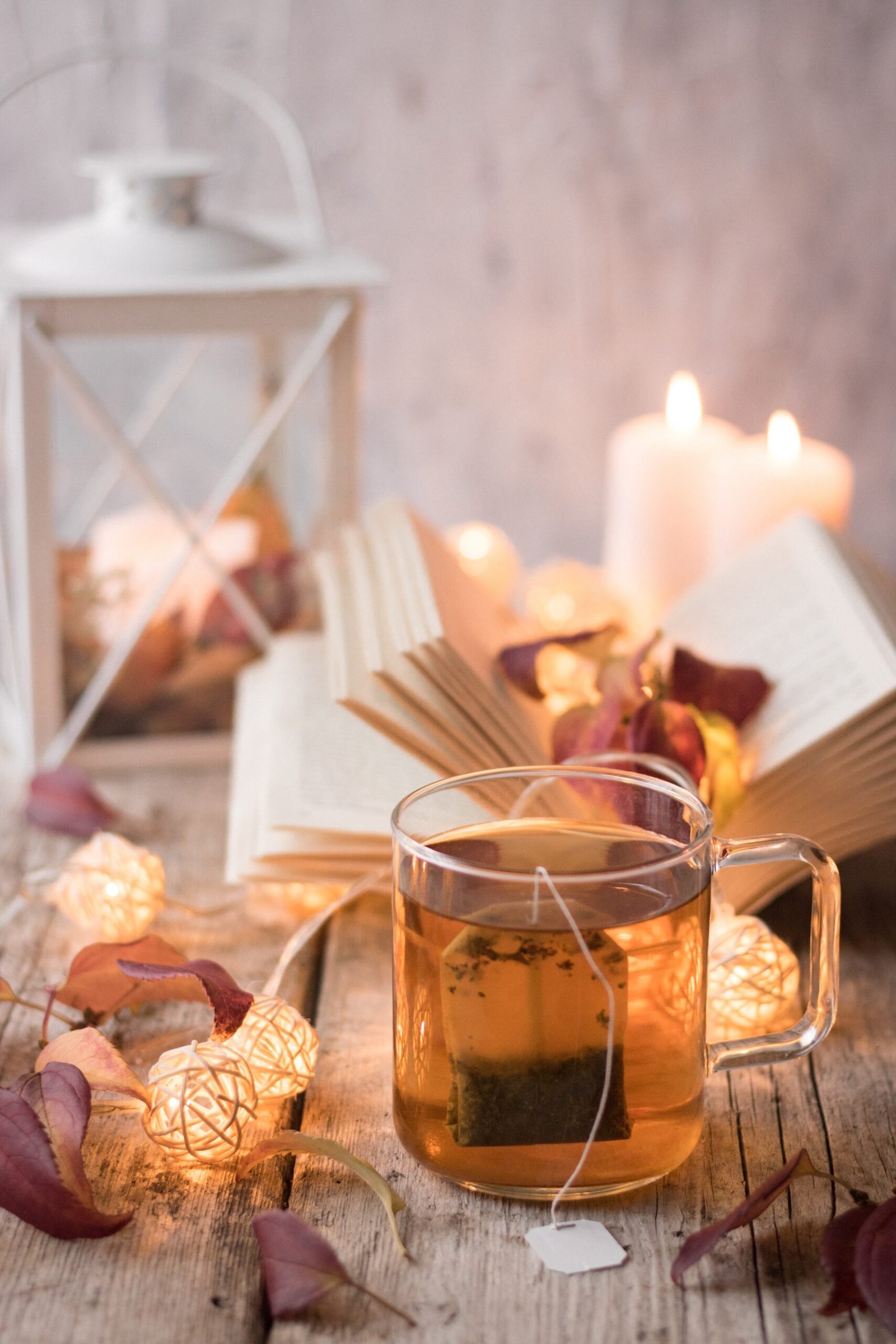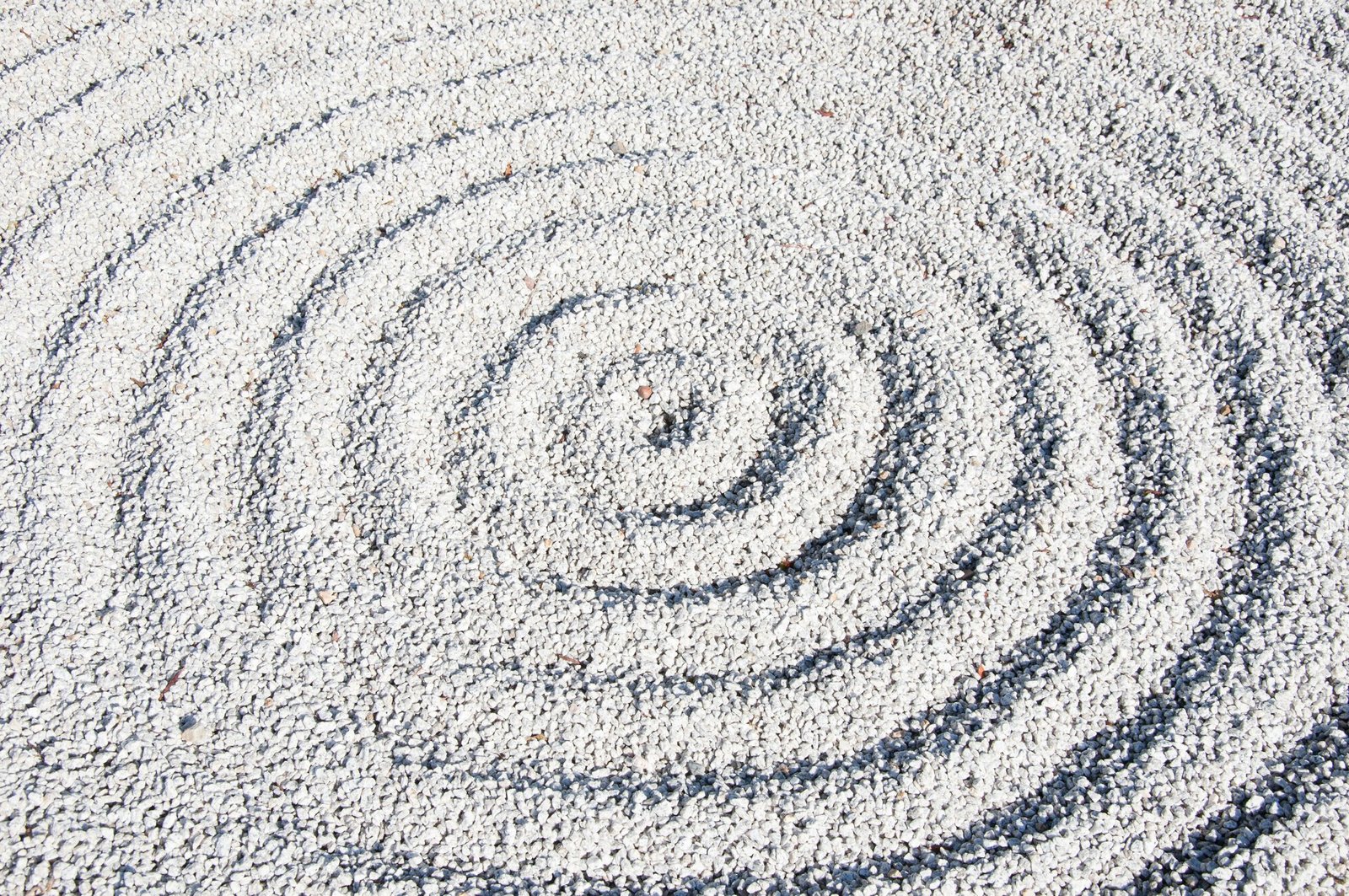Welcome to the world of Feng Shui, where the ancient Chinese art of harmonizing your surroundings can bring balance and positive energy into your life. In this blog post, we will explore how you can apply the principles of Feng Shui to create a harmonious and peaceful atmosphere in your home and garden.
What is Feng Shui?
Feng Shui, which translates to “wind and water,” is a practice that dates back thousands of years. It is based on the belief that the arrangement and placement of objects in our environment can affect our energy, well-being, and overall happiness. By creating a balanced and harmonious space, we can invite positive energy, or “qi,” into our lives.
Applying Feng Shui in Your Home
Start by decluttering and organizing your space. A cluttered environment can disrupt the flow of energy and create a sense of chaos. Clear out any unnecessary items and create a sense of spaciousness in each room.
Next, consider the placement of furniture. In Feng Shui, it is important to arrange furniture in a way that promotes a smooth flow of energy. Avoid placing furniture in direct lines with doors or windows, as this can create a barrier to the natural flow of qi. Instead, position furniture in a way that allows for easy movement and encourages conversation.
Color is another important element in Feng Shui. Each color has its own energy and can affect our mood and emotions. Choose colors that promote relaxation and harmony in each room. For example, soft blues and greens are often associated with tranquility, while warm earth tones can create a sense of grounding.
Lighting is also crucial in Feng Shui. Natural light is preferred, as it brings in positive energy and enhances the overall atmosphere. If natural light is limited, consider using full-spectrum light bulbs to mimic natural daylight. Avoid harsh or dim lighting, as it can create imbalances in the energy of a space.
Lastly, incorporate elements of nature into your home. Plants, flowers, and natural materials such as wood and stone can help bring the energy of the outdoors inside. Choose plants with rounded leaves and avoid those with sharp or spiky foliage, as they can create a sense of tension.
Bringing Feng Shui to Your Garden
Your garden is an extension of your home and should also be harmonized to promote positive energy. Start by creating a clear pathway that leads to your front door. A winding path can slow down the flow of energy, while a straight path allows it to move freely.
Choose plants and flowers that are native to your area and thrive in your climate. Healthy and vibrant plants symbolize growth and vitality. Avoid using plants with thorny or spiky foliage, as they can create negative energy.
Water features, such as a small pond or fountain, can enhance the flow of positive energy in your garden. The sound of running water is soothing and can create a sense of calm and tranquility.
Create a seating area in your garden where you can relax and enjoy the beauty of nature. Use comfortable furniture and arrange it in a way that encourages conversation and connection.
Remember to regularly maintain your garden, as overgrown or neglected plants can disrupt the flow of energy. Prune dead branches, remove weeds, and keep the space clean and organized.
Conclusion
By applying the principles of Feng Shui to your home and garden, you can create a harmonious and balanced environment that promotes positive energy and well-being. Remember to declutter, choose calming colors, incorporate natural elements, and create a clear pathway in your garden. With a little effort and intention, you can transform your living spaces into havens of peace and tranquility.















